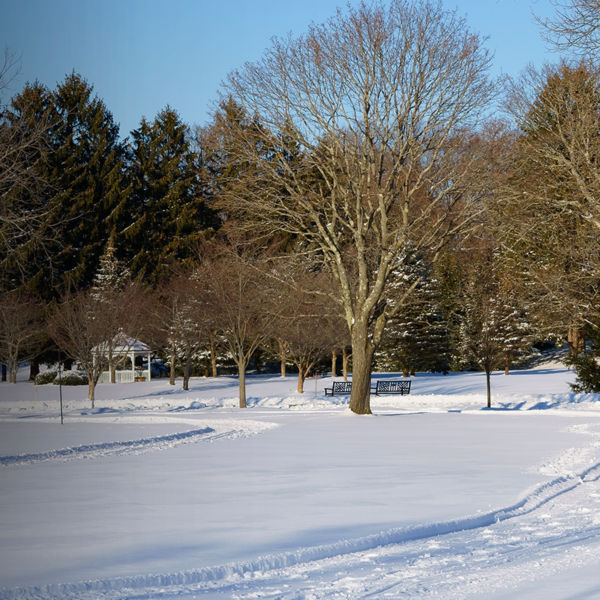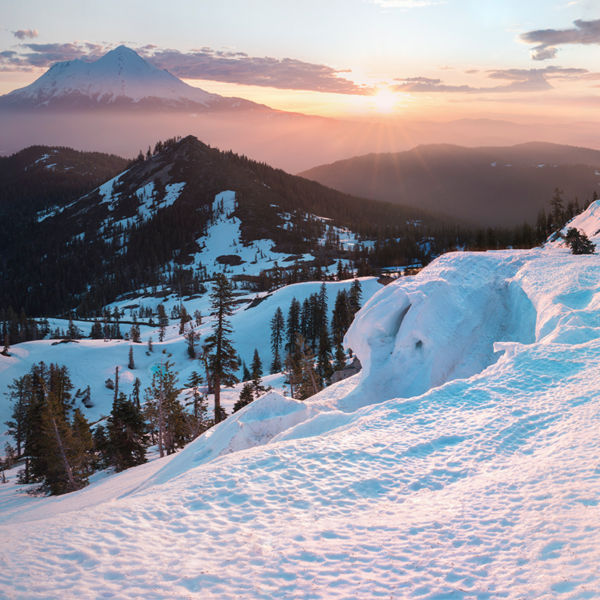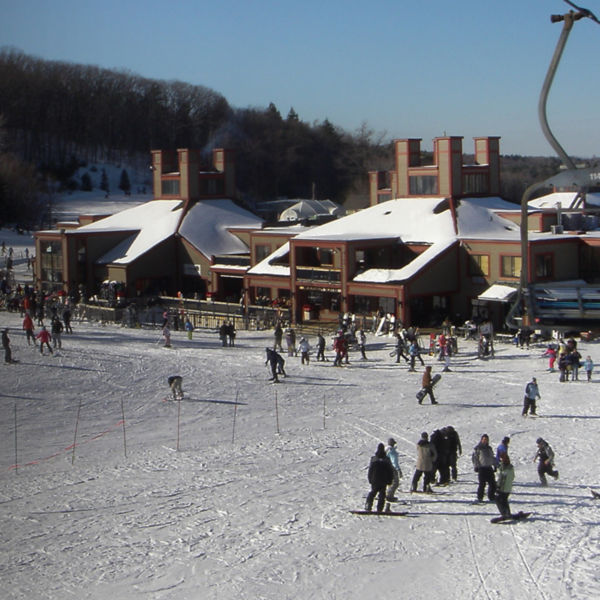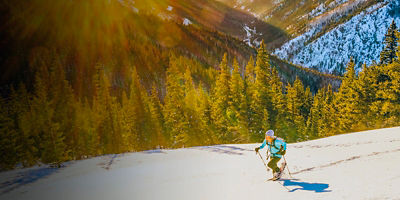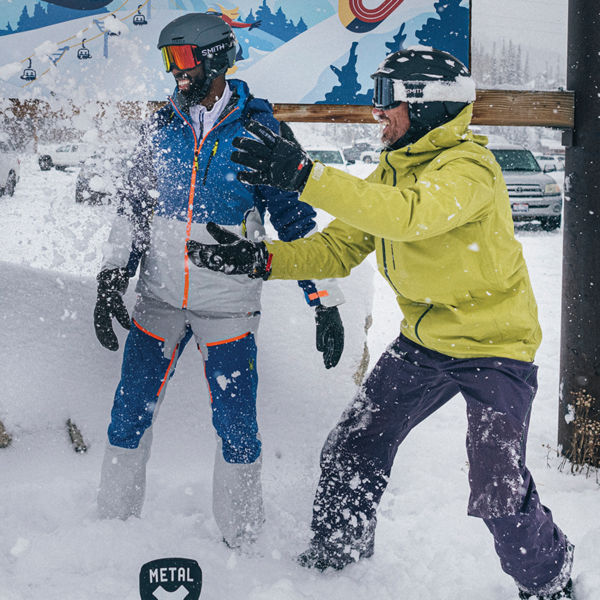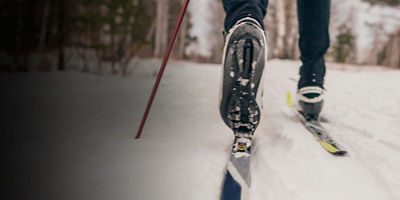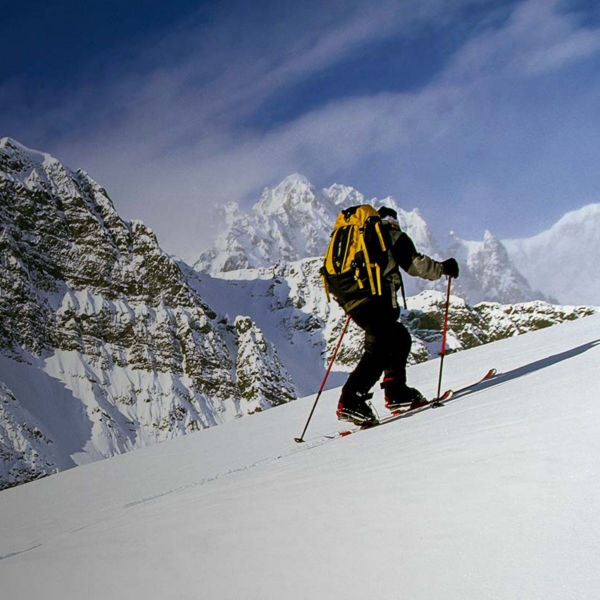
You rely on technology for everything from navigation to ordering food and adjusting your thermostat—why should your ski days be any different? A variety of gadgets and apps can help keep you warm, communicate with friends, learn more about the landscape, and even ski better.
Here’s how the best ski tech on the market can make your lift days smarter, smoother, and more fun.
To improve your ski technique: Ski coaching app
A good ski instructor can help you master parallel turns, point out bad habits, and help you work on your weaknesses—for a price. But what if you don’t have the cash, or the time, for private ski lessons? Yes, there’s an app for that.
Carv is a virtual ski coach powered by artificial intelligence that tracks your movement using pressure sensors in your ski boots. It delivers real-time feedback via Bluetooth-connected headphones: Carv will tell you if you’re applying uneven or inconsistent pressure in your turns and offers up drills and advice to get back on track and improve your technique. Snowcookie is another AI ski analytics app that serves up data from three biometric sensors to gauge stamina, engagement, body position, and style.
To stay warm: Hand and foot warmers
For some, a fluffy pair of mittens and a cozy pair of socks keep hands and feet comfortable all day. For others, even the warmest goods can’t fully beat the chill. If you’re prone to popsicle fingers and toes, integrate gear accessories that bring the heat. While single-use hand and toe warmers will often suffice, a little electronic help is sometimes needed to stay toasty and comfortable all day long. Heated boot liners, socks and gloves can send warmth to your most cold-prone extremities via wires and rechargeable or replaceable battery packs. Before you make a purchase, consider what problem you’re trying to solve: Are your feet cold on the chairlift? How many hours of battery life do you need? Make sure to look for ski-specific socks as a tight boot will exacerbate any fit issues, like an oddly placed wire or extra bulk.
There’s no shortage of heated garment types to choose from: boot liners, socks, gloves, jackets and vests. Rechargeable hand warmers—powered by a rechargeable battery or even some models that use lighter fluid—are a less pricey alternative (a good set costs $15-35) that can sufficiently keep your fingers warm on a chilly outing. The lighter-fluid models burn hotter, but some folks don’t like having to refill them and prefer the ease of a rechargeable version.











